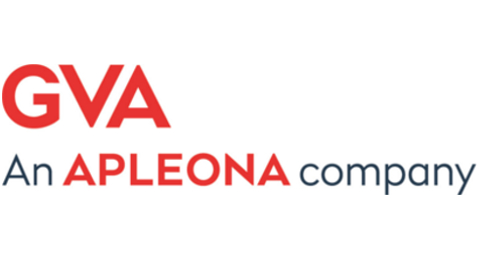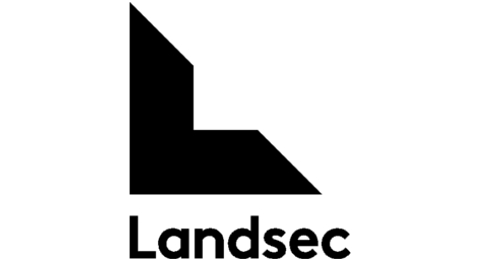Resilience in Real Estate Acquisitions
22 August 2017Resilience in Real Estate Acquisitions
22 August 2017In 2016, Landsec took steps to enhance their acquisitions process as part of a wider ambition to lead the built environment to a more sustainable future. This blog examines the characteristics of a resilient investment process and the benefits like-minded organisations can derive from implementing something similar.
GVA was commissioned to enhance Landsec’s acquisition process to reflect their sustainability ambitions. The key requirements of this review included aligning material sustainability impact areas with the business strategy and working with the grain of existing internal processes and teams.
Drivers and trends
The drivers for an enhanced acquisition process arose from the ever evolving number of current and emerging sustainability trends to consider, as well as the need for greater integration into an already robust governance process relating to acquisition.
To inform this project, GVA used a combination of employee interviews, the BBP Managing Agents Sustainability Toolkit and GVA’s own experience in acting for buyers to inform on sustainability trends to consider when acquiring a property.
The sustainability measures which were identified can be grouped as follows:
Energy and carbon regulations and voluntary standards or codes
- Operational energy efficiency
- Health and wellbeing aspects
- Biodiversity and natural capital
- Flood risk, pollution and other environmental risks such as contamination and site condition
- Community engagement, investment and social value
- Occupiers' own operations (including business reputation)
Acquisition process and content enhancements
Enhancements to the acquisition process at Landsec were achieved in several ways. These can equally apply to any company looking to future proof their acquisition processes:
Baseline review of existing acquisition processes: This included a review of the existing environmental and social metrics considered at acquisition.
Understand both the sustainability and business strategies: This included an understanding of the current sustainability strategy, materiality and strategic business aims.
Review of governance process: Ensuring sustainability measures were explicitly reported and considered.
Employee engagement: The perspectives of the complex roles of individuals involved in the acquisition process were captured. Once the new due diligence process was finalised, the buy-in from all other teams involved was an essential step to ensure a successful process change. Internal communications and training were important in this regard.
Regular reviews: As I mentioned earlier, sustainability does not stand still and neither can you. As your sustainability strategy evolves and the market keeps pushing boundaries, undertake regular reviews to ensure your teams are taking account of the latest risks and opportunities.
Impact and benefits
The key outcomes achieved following this project were:
- A well-defined, best practice appraisal and reporting process to ensure relevant sustainability issues are considered by the Investment Committee (IC) during an acquisition.
- An updated checklist, with impact areas split between either investment-critical or management initiatives.
- Training provided to all portfolio and asset managers to ensure the enhanced process is incorporated into their work when required.
- Engaged staff understanding the importance of sustainability issues at acquisition and more broadly throughout the period of ownership.
- Informed Stakeholders. As Ailish Christian-West’s piece on responsible property investment shows, the acquisition process can provide an opportunity to imagine the future and tell a story to all stakeholders about the future of property investment. This project led to the publication of Landsec’s first Responsible Property Investment Policy, governing acquisitions and disposals.
With the adoption of an enhanced acquisition process, I recommend that any company promotes transparency in their processes to: engage their supply chain, provide investment agents and other third parties who act on their behalf with clear instructions and ensure the process is kept under review and updated as sustainability and the markets evolve.

